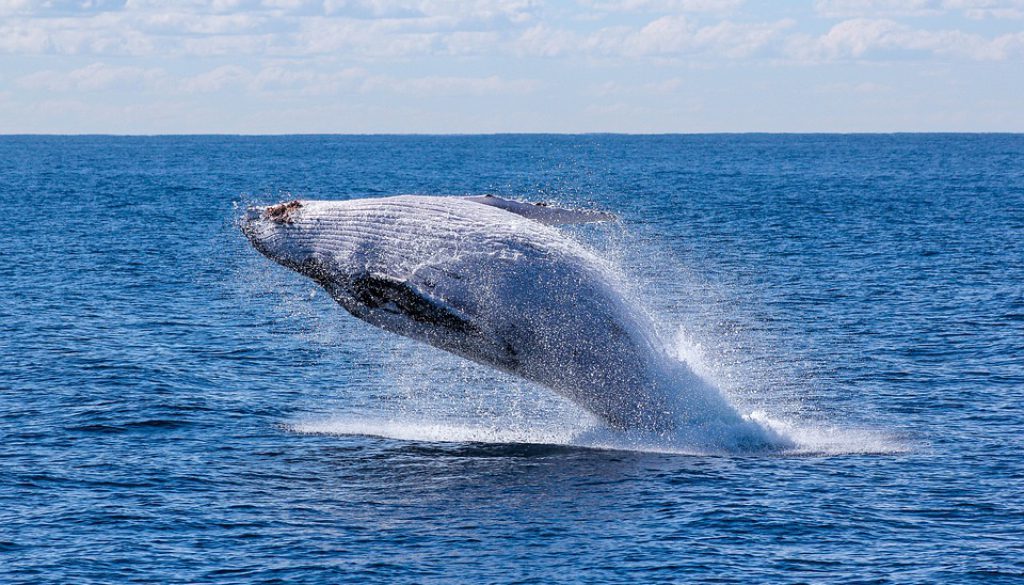The ocean is a realm of wonders, brimming with captivating creatures. However, standing tall – or rather, swimming grandly among them all – is the blue whale. Known not just for its immense size but also its fascinating attributes, the blue whale has intrigued both marine enthusiasts and scientists. Let’s delve deeper into the captivating world of the blue whale.
Blue Whale – Earth’s Grandest Inhabitant
Behold the blue whale, the largest animal to ever grace our planet. With lengths that can match a basketball court, its sheer size is staggering. Beyond its dimensions, the blue whale possesses unique vocalizations and a heart the size of a car. It plays a crucial role in marine ecosystems, maintaining balance and fostering biodiversity.
Research and Conservation of the Blue Whale
Understanding the blue whale is pivotal. Several organizations, like Research Conservation, have made it their mission to study and conserve these giants. However, challenges such as ship strikes, entanglements, and habitat disturbances put them at risk. It’s a collective responsibility to protect them.
Unraveling the Blue Whale’s Speed
For such a colossal creature, you might assume a blue whale’s pace to be slow. On the contrary! They can reach speeds of around 20 miles per hour when threatened. However, typically, their cruising speed lies somewhere between 5 to 15 mph. Their streamlined bodies and powerful tails allow them this swiftness, a feat that remains unparalleled when considering their size.
Comparing the Blue Whale to Other Species
When we juxtapose the blue whale with other cetacean species, the differences are remarkable. Their size alone sets them apart. While the speed might not be the fastest in the aquatic world, their velocity combined with their massive size is what truly astounds. This speed influences their migration, feeding habits, and evading potential threats in the ocean.
Scientific Inquiries into the Blue Whale
The world of science has always been keen on understanding the blue whale. Institutions like the American Museum of Natural History have spearheaded studies that have shed light on various facets of the blue whale’s life, including its astonishing speed. Such research not only enhances our understanding of marine life but also underscores the interwoven dynamics of the ocean’s ecosystem.
Conclusion
The blue whale, with its grandeur and grace, continues to be a symbol of nature’s marvels. As we unravel facts like the “blue whale speed” and learn more about their life, one thing remains clear: their survival and prosperity are essential for a balanced and thriving marine life. Let their majesty remind us of the beauty the oceans hold and our duty to preserve it.




